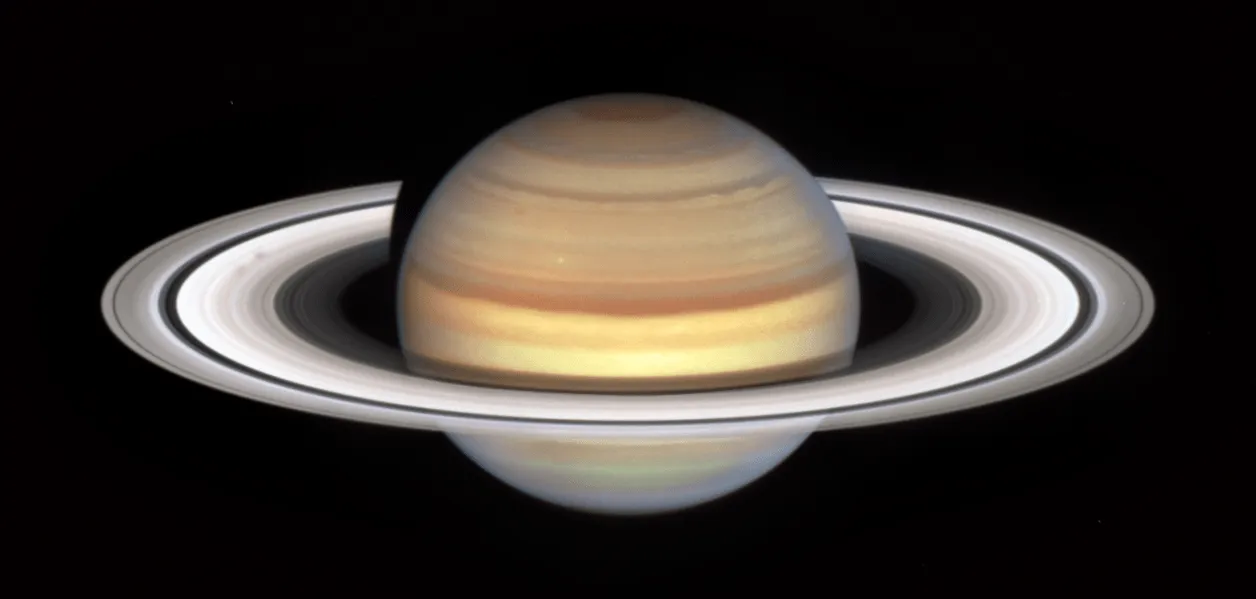Saturn’s rings are composed mainly of ice, rock, and dust particles trapped by the planet’s gravity. Some of these particles are as small as grains of sand, while others can be as large as houses or even mountains. Their exact age remains a subject of debate among astronomers, with theories proposing they are as old as the solar system or relatively young. While their temporary disappearance is expected this time, there are concerns that the rings may eventually vanish for good. NASA’s Cassini probe, which flew through Saturn’s rings 22 times before its 2017 descent into the planet, found evidence of the rings vanishing at an alarming rate.
The rings will become nearly invisible (temporarily) due to the planet’s edge-on alignment with Earth. The gas giant will tilt, making the huge rings seemingly disappear into an invisible line. These enormous structures, extending up to 175,000 miles from the surface of the planet, are remarkably thin, with the main rings only measuring 30 feet in height. The rings will reappear during the next phase of Saturn’s 29-year orbit when they tilt back towards Earth, offering a unique perspective. This event occurs approximately every 13.7 to 15.7 years, and the last time it happened was in September 2009. The next occurrence will be in October 2038.
